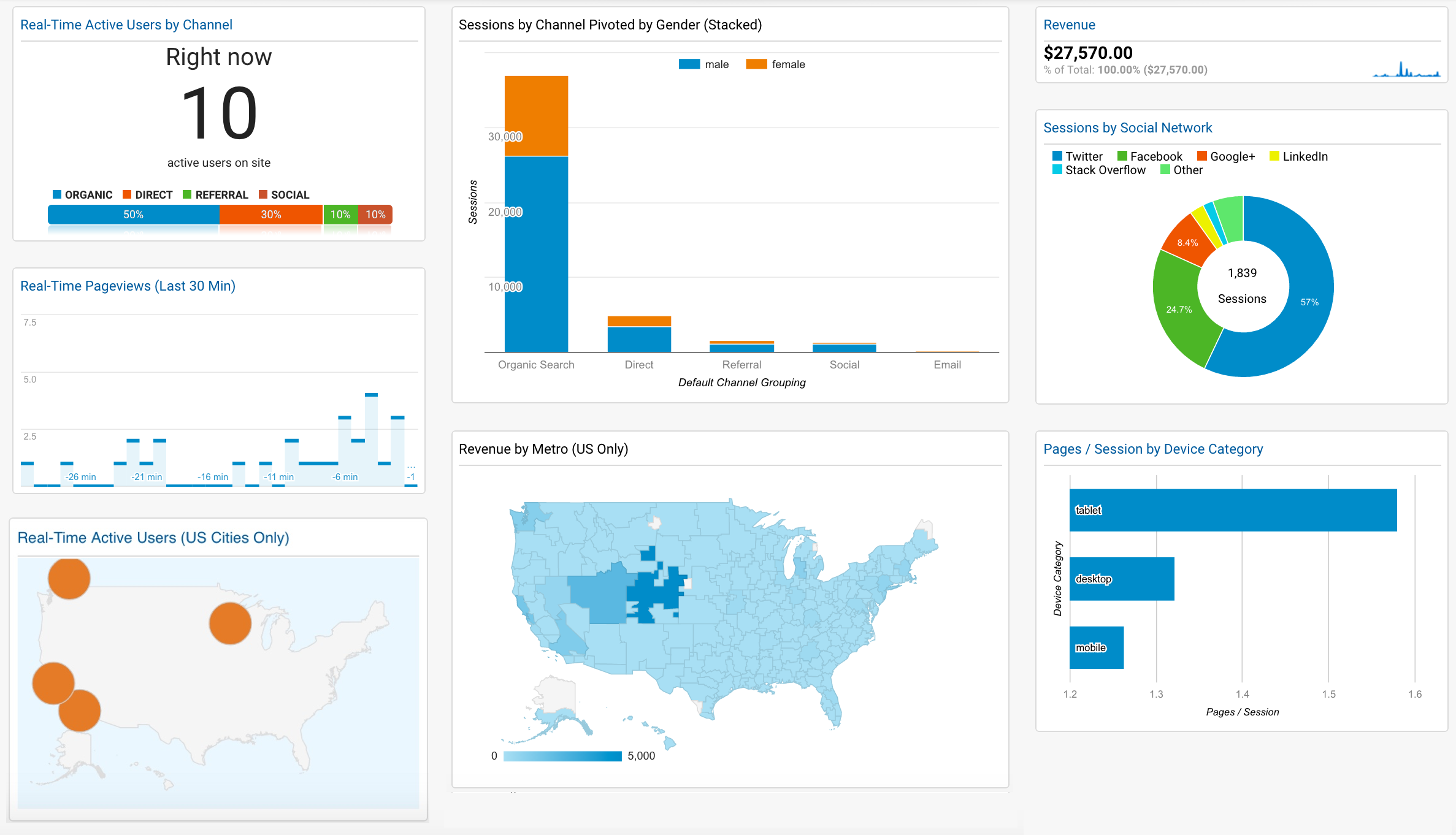Rise by Six: Your Daily Dose of Inspiration
Explore insights and stories that elevate your day.
Google Analytics: Your Secret Weapon for Stellar Marketing Success
Unlock marketing success with Google Analytics! Discover how data-driven strategies can elevate your campaigns to new heights.
How to Leverage Google Analytics for Targeted Marketing Campaigns
Leveraging Google Analytics for targeted marketing campaigns is essential for understanding your audience and achieving better results. By analyzing user behavior, you can identify the demographics that engage with your content the most. Start by navigating to the Audience section in Google Analytics, where you can review metrics such as age, location, and interests. This data allows you to create tailored marketing campaigns that resonate with your target audience, ensuring your message reaches the right people.
Another critical aspect is tracking user interactions through the Acquisition and Behavior sections. By examining which channels drive the most traffic and conversions, you can allocate your resources more effectively. For instance, if you discover that social media campaigns yield higher engagement rates, consider increasing your investment in those channels. Additionally, using Goals and Event Tracking allows you to measure the success of specific campaigns, helping you refine your strategies and optimize future marketing efforts.

Decoding Google Analytics: Key Metrics Every Marketer Should Understand
Google Analytics is an essential tool for marketers looking to understand their website performance and user behavior. One of the most important metrics to monitor is traffic sources, which breaks down where your visitors are coming from, whether it’s organic search, paid advertising, or social media. By analyzing these sources, marketers can identify which channels are driving the most traffic and optimize their efforts accordingly. Additionally, bounce rate is another crucial metric; it measures the percentage of visitors who leave your site after viewing only one page. A high bounce rate can indicate a need for improved content or user experience.
Another key metric is conversion rate, which reflects the percentage of users who complete a desired action, such as making a purchase or signing up for a newsletter. Understanding how to enhance this rate is vital for maximizing ROI. Furthermore, average session duration offers insight into how engaging your content is, as it measures the average length of time a visitor spends on your site. Together, these metrics provide a well-rounded view of user engagement and effectiveness of marketing strategies, allowing marketers to make informed decisions for future campaigns.
Is Google Analytics the Missing Link in Your Marketing Strategy?
In today’s digital landscape, understanding your audience is paramount to crafting an effective marketing strategy. Google Analytics serves as a powerful tool that provides in-depth insights into user behavior, traffic sources, and conversion rates. By leveraging this data, businesses can identify patterns and trends that may otherwise remain hidden. For instance, tracking the performance of various marketing channels allows marketers to allocate resources more efficiently, ensuring that the right audience is targeted through the right mediums.
Moreover, Google Analytics offers vital metrics that can transform mere data collection into actionable strategies. Businesses can set specific goals and monitor their performance through customizable dashboards. With features like real-time reporting and user segmentation, it's easier to determine which tactics are resonating with your audience and which need refinement. Ultimately, integrating Google Analytics into your marketing strategy can bridge the gap between data and decision-making, making it a crucial component for success.